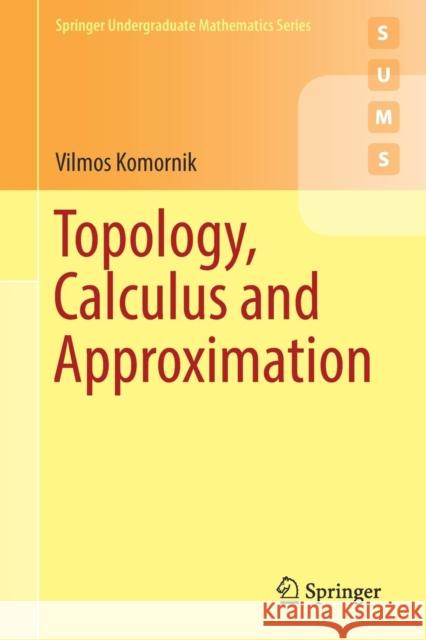Topology, Calculus and Approximation » książka
topmenu
Topology, Calculus and Approximation
ISBN-13: 9781447173151 / Angielski / Miękka / 2017 / 382 str.
Kategorie:
Kategorie BISAC:
Wydawca:
Springer
Seria wydawnicza:
Język:
Angielski
ISBN-13:
9781447173151
Rok wydania:
2017
Wydanie:
2017
Numer serii:
000307896
Ilość stron:
382
Waga:
0.55 kg
Wymiary:
23.39 x 15.6 x 2.06
Oprawa:
Miękka
Wolumenów:
01
Dodatkowe informacje:
Wydanie ilustrowane











